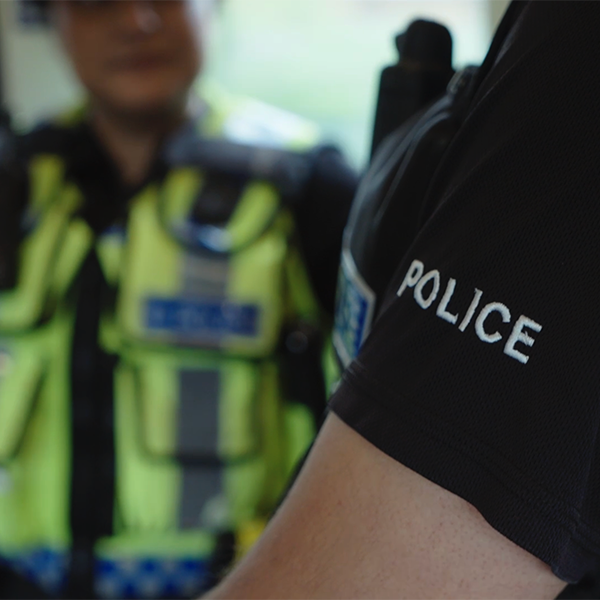Over the last decade we’ve seen an increase in the term videographer being used to describe an individual who creates videos. Digitom Co-Founder & Creative Director Tom Chown shares his insights on how the role of a solo-shooter has evolved.
Published: May 2024
Do I describe myself as a Videographer? I’m not sure I do, but many of our long-term clients, recommend me as a ‘skilled videographer’, and that’s ok. It’s probably because I do still really enjoy picking up a camera.
On the occasions when I do self-shoot as a Producer Director I rarely work on my own, as the amount of equipment we travel with is often more than one person can carry and a shoot is inevitably more productive and time efficient with an extra pairs of hands.
But what’s in a name and does it really matter? Well no, probably not, but it is important to determine the appropriate skills required from either an individual or a creative team to best deliver your project.


DOES SIZE REALLY MATTER?
Videographers are often perceived as one person who can set-up the lights, monitor the sound and interview contributors at the same time as filming. Afterwards there’s the post-production, editing, grading, sound mix and motion graphics; finding an individual who possesses a high level of expertise across all these skills can be a big ask.
Production companies range in size from large in-house teams, to a microbusiness with a core team of freelance creatives such as Producers, Writers, Directors, Camera Operators, Editors, Animators and Voiceover Artists who can collaborate on a per-project basis. This approach fosters innovation and creativity, which inevitability leads to creating high quality content on a grander scale.


STORYTELLING SKILLS
Whether working independently, or as part of a small team, the consistent theme is the ability to understand the narrative, and craft a concise, authentic story.
My career has been built on the changing role of professional skills. As technology becomes more portable, accessible and ‘easier to use’ one individual is expected to do more for themselves, seamlessly blending creativity, technical proficiency, and storytelling prowess.
It’s something I learned to do at the BBC 20 years ago when I was trained to produce, film and edit, and the role of ‘Video Journalism’ was created. I greatly value this role and the training I received and I’ve built my career on this experience and the access it gave me to stories I’d never previously been able to tell.


BACK TO THE FUTURE
Where does the term videographer come from? The Oxford English Dictionary has it listed as far back as 1945 in the US as a television cameraman, subsequently disused and later updated to a person who makes video recordings.
I’m not sure the term made it across the Atlantic in the 20th century with quite the same meaning. Instead I’m convinced technology has played a big part, as traditional photography cameras started to capture video leading to the blending of the two words to create the role of videographer.


GET YOUR GEEK ON
The digital revolution has seen camera manufacturers continue to evolve from analogue (4:3 aspect ratio) to digital standard definition (16:9 aspect ratio), high definition and 4K – that’s the resolution of the image. At the same time the world of photography transitioned from rolls of 35mm film to digital single-lens reflex cameras, or DSLR’s.
In 2008 Nikon released the D90 which captured a more cinematic quality image, due to its innovative use of a 35mm sensor, in a compact form factor and crucially at a lower price point for new entrants to the creative sector. It took several years for Sony to merge the functionality of a broadcast camera with the image quality of a Super35mm sensor, but in 2011 they launched the FS100.
BIG OR SMALL?
Digitom has delivered branded content, internal and external communications for a range of national and global organisations, across a broad range of sectors since 2010. A whopping 27% of the UK’s creative sector are freelancers, which has enabled us to establish a core team who work across broadcast, advertising, and branded content. This means we can maximise expertise on a per project basis, without the overheads.
Choosing the right production partner is key to a successful campaign. In the creative sector no two briefs are ever the same, and you can’t take a ‘one size fits all’ approach, so when we work with clients we have an honest conversation about scales of production and budget, enabling us to exceed the brief and deliver engaging purpose-driven video content on time and on budget.




